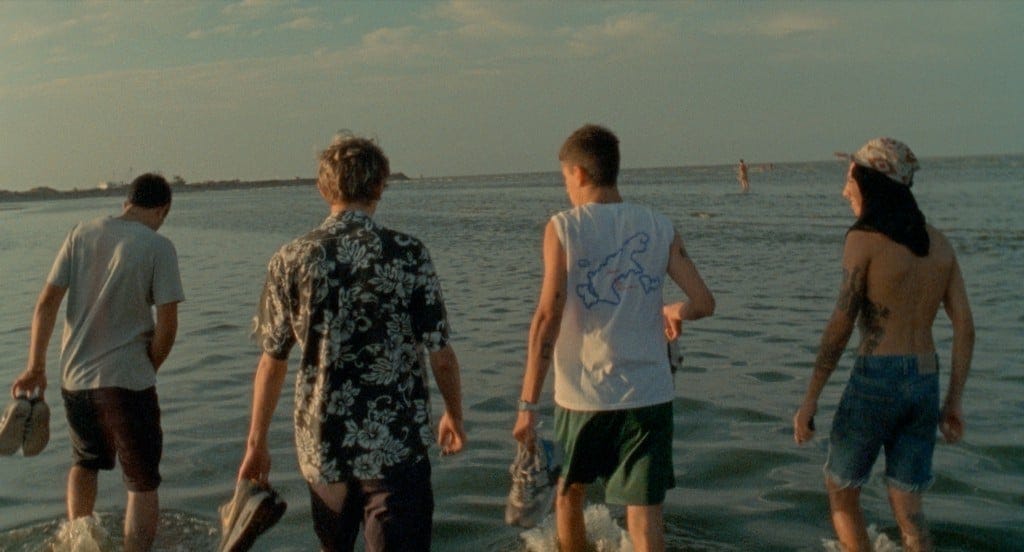Peering for Nonfiction in the Erotic Webcam Milieu of ‘The Human Surge’
This bold new experimental feature is a documentary of its own making.

Jacques Rivette once said that every film is a documentary about its own making, an observation that has become quite the convenient cliche. It serves as a dynamic tool for interpreting everything from Hollywood star vehicles to hybrid experimentations, a peeling back of artistic surf…
Keep reading with a 7-day free trial
Subscribe to Nonfics to keep reading this post and get 7 days of free access to the full post archives.

